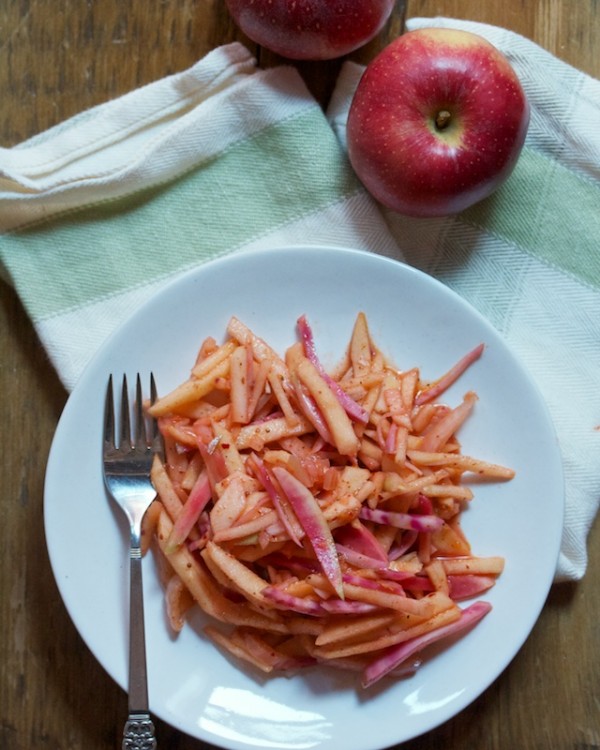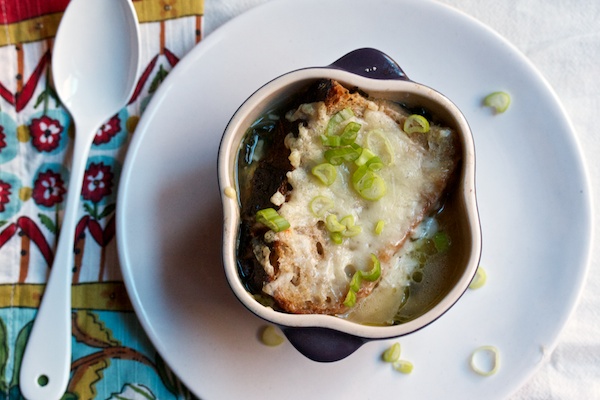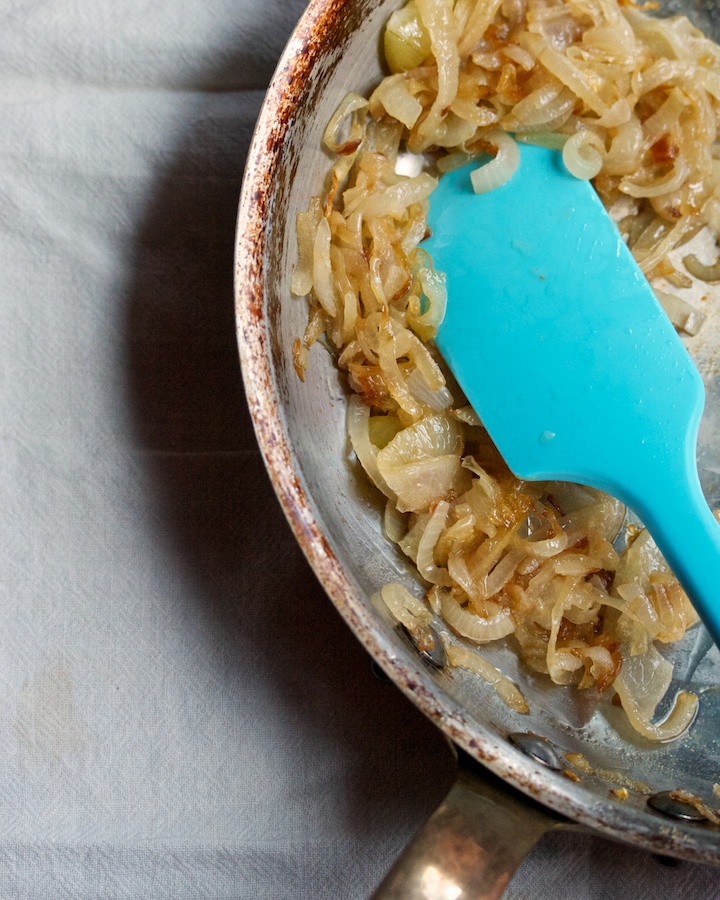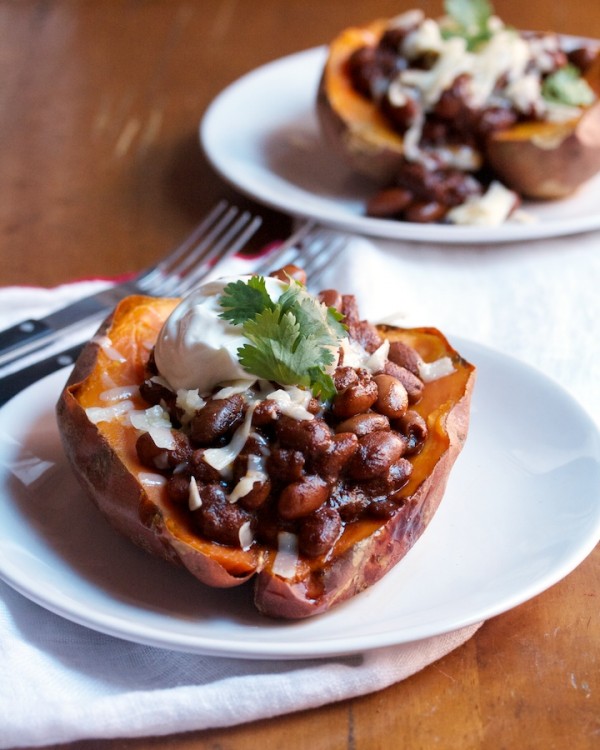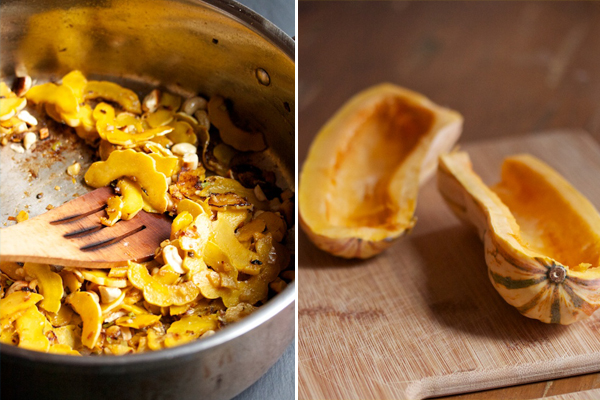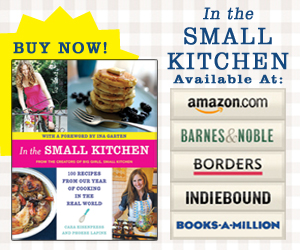From the start, homemade food figured in my parents’ relationship. This pepper steak was, I just learned from my mom when she told me the proportions for the recipe, the first dish my dad cooked for her. She’s told me more often about the cooking projects they loved to take on, like a mushroom soup whose steps somehow occupied an entire day.
“There is nothing like a home-cooked dinner,” was a refrain, in actions and words, in our house. Sure, restaurants weren’t quite as good then as they are now, neither were prepared foods, and for most dishes there was no competition. We kids sometimes begged for pizza, and sometimes we got McDonald’s hash browns for breakfast, but the homemade pizza and homemade French fries beat them both. For a change, it wasn’t a stretch to think that parents were right. The homemade food was best.
That mindset, more than our passed-down recipes for matzoh ball soup, oil-based plum cake, or fried Cheerios, is my culinary inheritance.

Pepper steak’s actual culinary heritage is in the increasing American affection with Chinese food in the 19th and 20th centuries, brought about by Chinese restaurant cooks who danced around American’s tastes for adventure in their meals, simultaneously expanding eaters’ palates with dishes from across the world and tweaking those dishes to be sweeter and saucier than they were back in China. Today, you might think a dish like pepper steak would seem a throwback to those chop suey days. But really, this one stands the test of time: the sauce is minimal and not gloppy, and the vegetables are plentiful.
What’s more, because your pepper steak shopping list includes only steak and three peppers (if you have a pantry stocked with onions, soy sauce, sugar, and cornstarch), this Chinese-American dish is a home-cooking habit enforcer, the kind of dinner you can easily make on a weeknight, then take one bite of and say, “There’s nothing like a home-cooked dinner.”

In a series of videos called “The Butcher, The Baker, and The Belgian Beer Maker,” Stella Artois-this post’s sponsor-has explored three women in craft embracing their own heritage and tradition in their work today. I really loved “The Butcher” video - it’s about Cara Nicoletti (great name!), a butcher at Brooklyn’s The Meat Hook, and a third generation butcher. You can watch the whole series, starting with “The Butcher,” here.

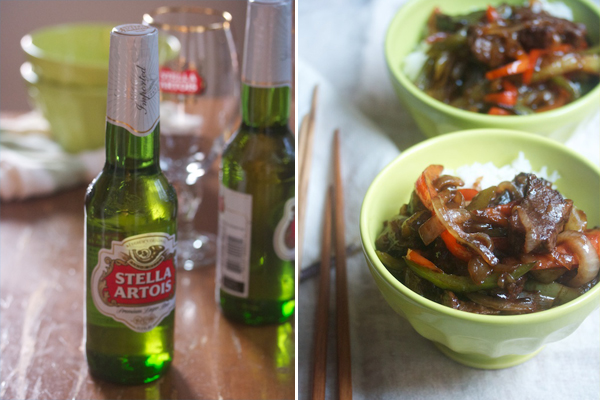

This post is sponsored by Stella Artois. Thanks for supporting the sponsors that keep Big Girls, Small Kitchen delicious!

